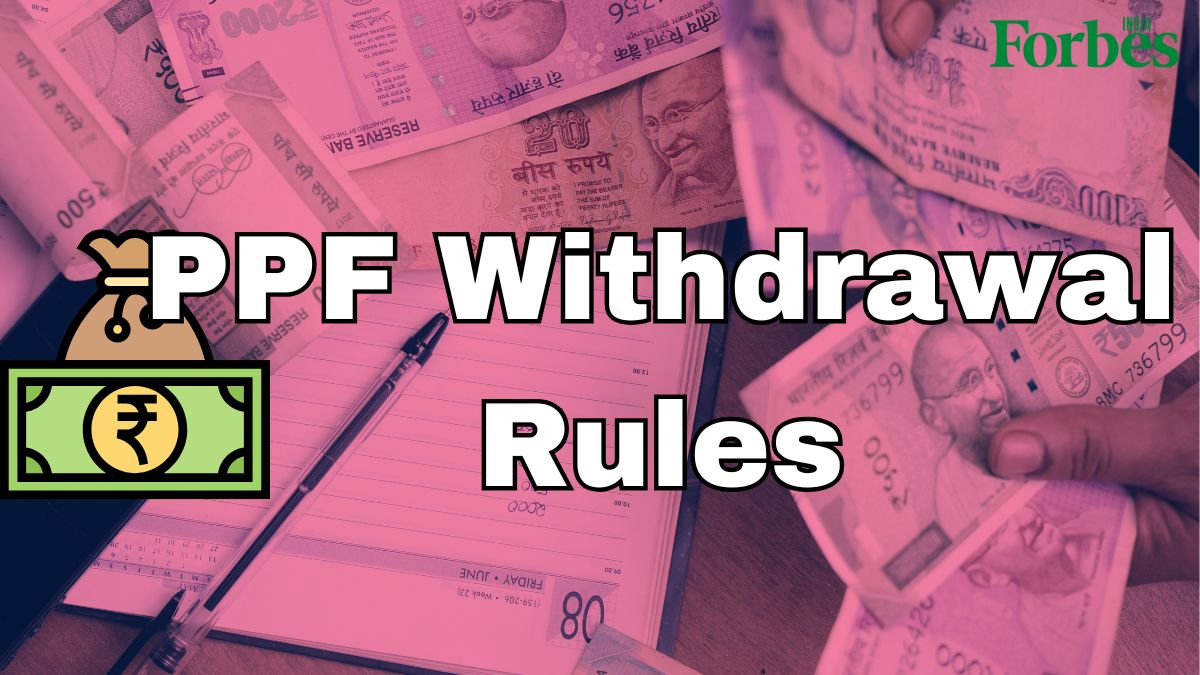
PPF withdrawal rules: Partial, premature and closure after maturity
Learn about the PPF rules for withdrawal, including partial withdrawals, premature withdrawals, and rules for withdrawals after 15 years

Understanding the rules and regulations of different financial instruments is crucial when planning for long-term savings and investments. The Public Provident Fund (PPF) is one such investment option that offers significant benefits but comes with specific withdrawal rules that every investor should be aware of. In this blog, we will look into the essential PPF rules for withdrawal to guide you in making well-informed investment decisions.
What is PPF?
The Public Provident Fund (PPF) is a long-term savings scheme the Government of India introduced in 1968. The PPF account is known for its tax-free interest, compounded annually, making it a popular choice for those wanting to build a substantial retirement corpus over time.
PPF encourages savings by offering tax benefits under Section 80C of the Income Tax Act and tax-free interest. The 2024-2025 interest rate for PPF is 7.1 percent per annum, compounded annually. This makes PPF an attractive option for risk-averse investors seeking long-term growth of their savings.
Also Read: Hindu Undivided Family (HUF): Benefits and drawbacks in saving income tax
Understanding PPF Withdrawal Rules
The government of India has established PPF rules for withdrawal to manage how and when account holders can access their funds. Here are the types of PPF rules for withdrawal:














